Turtles face many threats including the loss of wetlands, being hit on roads by cars and having their nests destroyed by predators.
As a result of these threats, all eight species of freshwater turtles in Canada are now listed as species at risk.
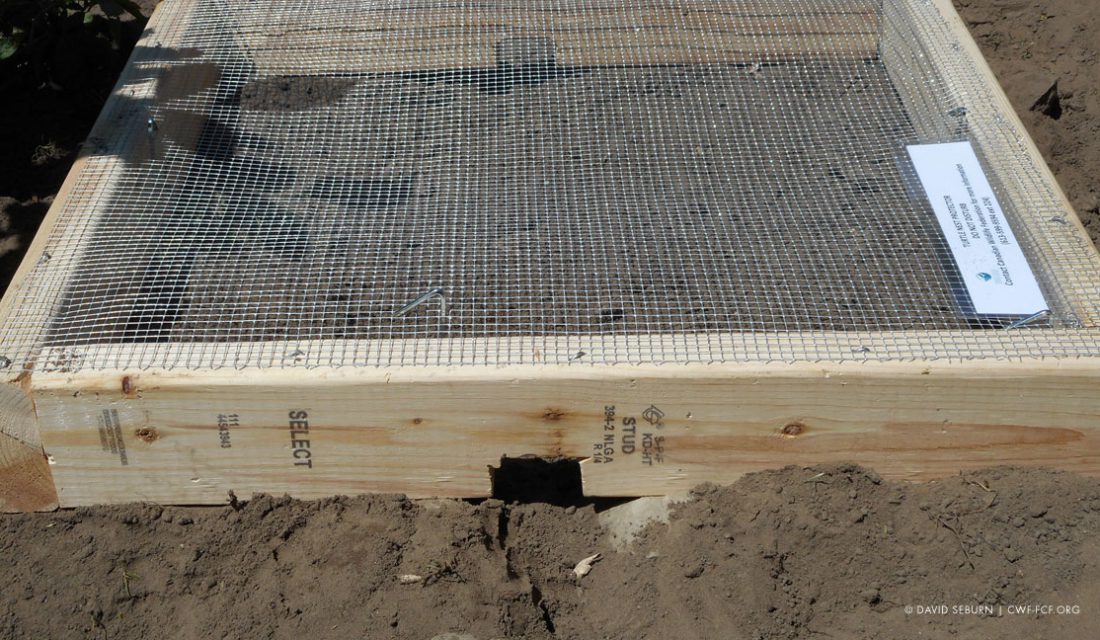
To help turtles, nests are often covered with nest protectors. These protectors keep out pesky nest predators such as raccoons, but allow light and rain to get in. Exit holes allow the hatchlings to leave the protector after they have hatched. Nest protectors are highly effective at keeping turtle eggs safe and ensuring more hatchlings are produced.
Unfortunately, nest protectors can also be a magnet for wildlife poachers.
Thievery Hurts At-Risk Turtles
 In August 2020, a poacher raided a number of nests covered by nest protectors set out by the group Turtles Kingston. The protectors were all in an area known for nesting turtles. The poacher likely stole about 300 Snapping Turtle eggs that were all close to hatching. This is a huge loss to the turtle population. While many hatchlings don’t survive to become full-grown adults, losing all of these hatchlings ensures that none of them will become breeding adults in this population.
In August 2020, a poacher raided a number of nests covered by nest protectors set out by the group Turtles Kingston. The protectors were all in an area known for nesting turtles. The poacher likely stole about 300 Snapping Turtle eggs that were all close to hatching. This is a huge loss to the turtle population. While many hatchlings don’t survive to become full-grown adults, losing all of these hatchlings ensures that none of them will become breeding adults in this population.
Online Pet Trade
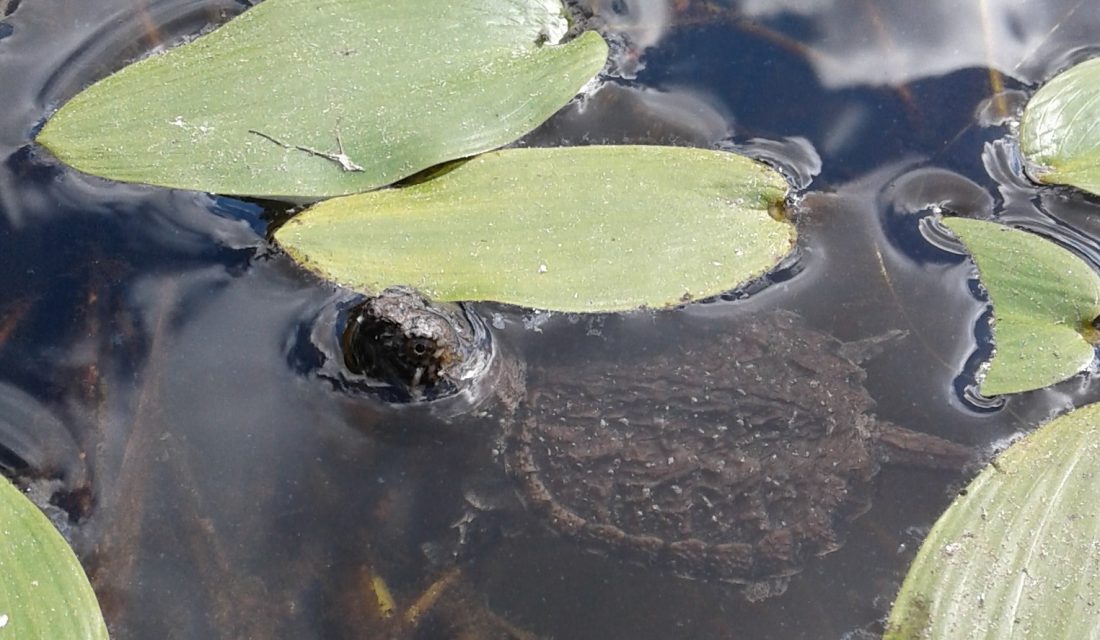
Why would anyone want to steal 300 turtle eggs? Undoubtedly, these hatchlings, when they hatch, are destined for the pet trade. Although it may seem strange for anyone to want a pet Snapping Turtle, they are for sale on many reptile websites. Hatchling Snapping Turtles are cute, tiny and can be kept in a relatively small aquarium.
Of course, those hatchlings, if they survive, will grow into large adults with a top shell 30 centimetres in length. Such a turtle would require a huge aquarium. Likely most pet owners would simply dispose of Snapping Turtles before they got that large.
Websites with hatchling Snapper Turtles for sale claim they are captive bred. Perhaps many of them are. But it seems likely that some of those hatchlings come from the wild. At the Kingston site, with a number of nests protected in one small area, it was simply easy pickings for a poacher.
What Can Be Done to Prevent the Stealing of Turtle Eggs?
The Canadian Wildlife Federation collects and incubates roadside turtle eggs. Although our main reason for doing this is that roadside nests often can’t be caged, it also foils bandits hoping to steal eggs.
It is also possible to install security cameras to monitor turtle nests, but this is expensive and not always practical. If more and more poachers steal more and more turtle eggs, elaborate protection measures may be required.
It is extremely frustrating for those working to help turtle populations to have their conservation efforts thwarted by uncaring individuals out to make a fast buck. Turtles face many threats, but to know that some people are actively working against turtles means that we have to work even harder to conserve them.

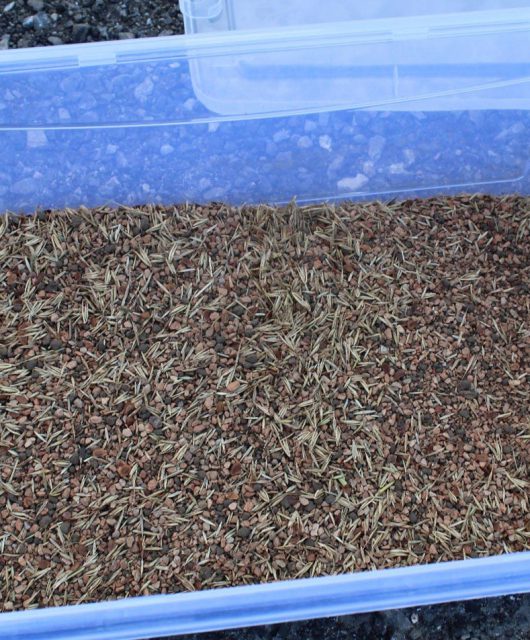
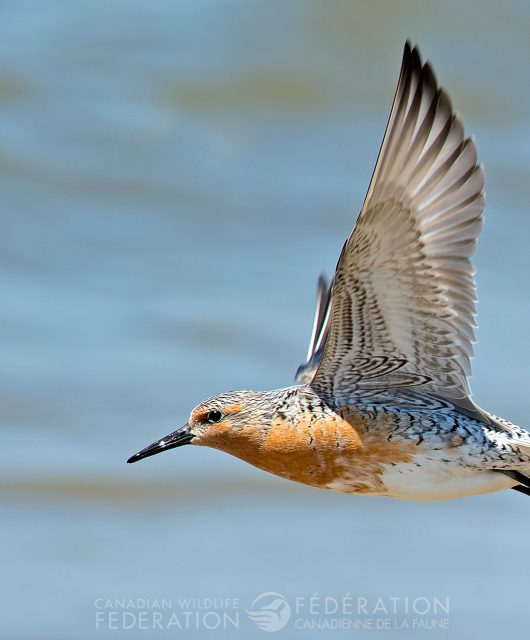
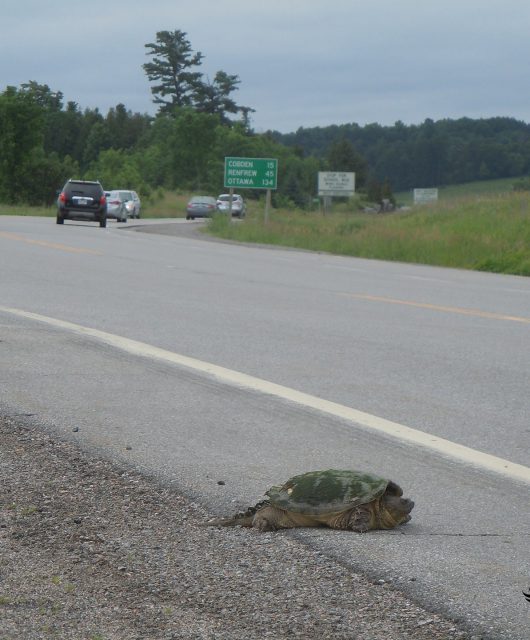

2 comments
We have 12 acres on a river in Ontario, about 1 1/2 hours north/west of Toronto. We have some snapping turtles lay eggs in the gravel bank of the river every year. We see the disturbance of the gravel & watch eagerly for the babies to hatch. Every year raccoons get the eggs. We also have some weasel like critters that also eat the eggs. Is it possible to give us the specs for your protectors so we can make & use some next year? We have even seen raccoons standing behind the mother turtles as they lay their eggs. We do have some very big adults, but we don’t see them as often as we did when we moved here 33 years ago! Our river is in trouble! Thanks, Jean
Here you go!
Help Turtles and Build a Nest Protector! Help female turtles by building a nest protector. Download Now: https://cwf-fcf.org/en/explore/turtles/htt_nest_protector_en_lr.pdf